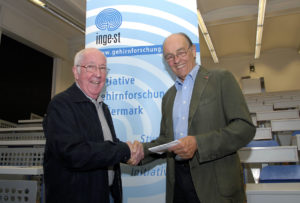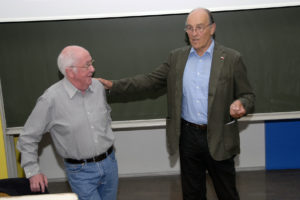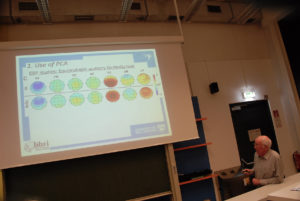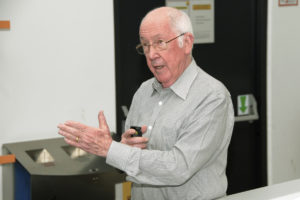Rapid and precise self-motion perception is crucial for survival as we navigate our way through the world, but little is known about the cortical processing involved. To avoid the complexities of exploring the self-motion experience in a moving observer, we use a visually-induced illusion of self-motion, a phenomenon termed vection. EEG and autonomic measures were recorded while observers watched a series of vection-inducing displays. These simulated a 10 km/hr forward self motion in depth, either with or without a simulated viewpoint oscillation. Control displays used scrambled screen regions with comparable local, but not global, motion. Time-frequency representations of EEG were decomposed by PCA and related to the intensity of the vection experience reported. Final outcomes of this work-in-progress will clarify where and when self-motion is processed in the brain.



